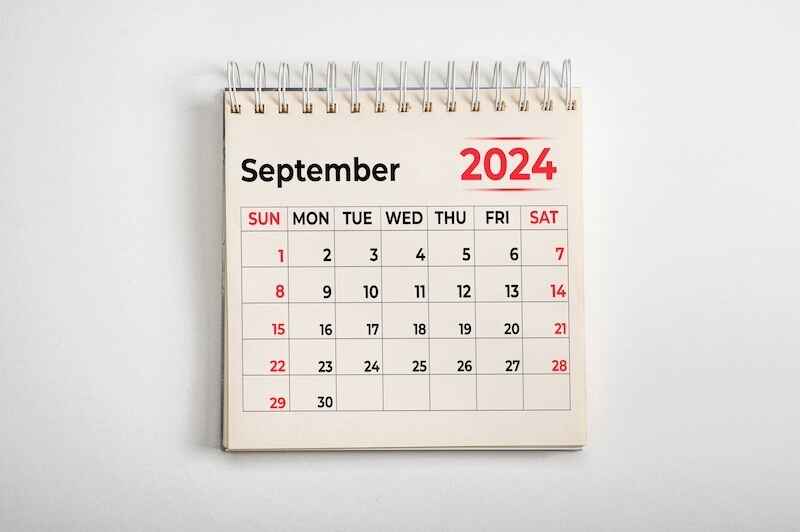Unlock the Editor’s Digest for free
Roula Khalaf, Editor of the FT, selects her favourite stories in this weekly newsletter.
Israel’s military bombarded new parts of Lebanon and said it was calling up two reserve brigades for “operational missions” in the north after Hizbollah fired a ballistic missile at the Tel Aviv area for the first time.
The Israel Defense Forces said that the brigades would “enable the continuation of combat” against Hizbollah to defend Israeli territory and allow residents of the north of the country displaced by the conflict to return to their homes. It did not specify if the deployment could be geared towards a ground operation in Lebanon.
The escalating violence, in which Israel has struck thousands of targets it said were linked to Hizbollah in three days of intense bombardment across Lebanon, has sparked alarm that the two sides are heading for an all-out war.
The strikes have killed more than 600 people this week, including 51 on Wednesday, according to Lebanese authorities. The International Organization for Migration said at least 90,000 had been displaced by the violence.
Earlier on Wednesday, Ori Gordin, head of the IDF’s northern command, told troops that Israel needed “to change the security situation”.
“The operation began with a significant blow to Hizbollah’s capabilities,” said Gordin during a visit to a brigade in the north. Now Israel’s forces “must be fully prepared for manoeuvres and action”, he said, without clarifying what that could entail.
So far, the two sides have ramped up assaults from the air. Early on Wednesday, sirens sounded in Tel Aviv as Hizbollah fired a ballistic missile on the country for the first time.
Hizbollah said the Qader 1 ballistic missile, more destructive and longer-range than the rockets the group has fired in the conflict, targeted the headquarters of Israeli intelligence agency Mossad on the outskirts of Tel Aviv.
Though intercepted by Israel’s air defences, with no damage or injuries reported, the launch marked one of the militant group’s deepest strike attempts so far and its first aimed at the economic hub of Tel Aviv.
Israel has been bracing for more intense Hizbollah fire after it began heavy raids on the militant group’s strongholds on Monday, pounding targets it said included the Iran-backed group’s weapons stores, intelligence and command centres. It has also killed several senior commanders in strikes on Hizbollah-held areas of Beirut over the past 10 days.
But on Wednesday, Israeli air strikes pummelled Lebanon with renewed ferocity, expanding the campaign to new regions of Lebanon outside Hizbollah-dominated areas. Many villages were targeted for the first time, such as in Mount Lebanon to the north of Beirut.
Israel has so far carried out attacks across the south and the Bekaa Valley, along Lebanon’s eastern border with Syria, and on Tuesday killed Hizbollah’s missiles division chief Ibrahim Qobeissi in southern Beirut.
Bekaa, previously a secondary front in Israeli attacks, has been the target of heavy strikes on villages and the outskirts of the region’s major cities including Baalbek and Hermel.
A staffer of UNHCR, the UN’s refugee agency, was killed along with her son by an air strike in the Bekaa while another UNHCR employee was killed in Tyre on Tuesday, the UN said.
The strikes have triggered an exodus of residents from southern Lebanon as panicked families, many of whom had already been displaced from their homes near the border earlier in the war, fled for safer areas. About half were now being housed in shelters, the IOM said.
Israel has pledged to continue the military action until 60,000 citizens displaced from northern areas by months of cross-border fire can return home. Hizbollah has been directing volleys of rockets at northern Israel since October 8, a day after Hamas’s attack on Israel triggered the war in Gaza.

Hizbollah’s barrages have increased in response and the group has fired deeper into Israel than before. Most of its projectiles have been intercepted by Israel’s air defences, but the group is thought to have large stockpiles that it has not used. One projectile hit an assisted living facility in the northern town of Tsafed on Wednesday, the IDF said, but no injuries were reported.
The Qader 1 is described by the Center for Strategic and International Studies as a medium-range ballistic missile developed in Iran and first tested in 2015. Analysts believe it can carry a 750kg warhead and hit targets 1,600km away.
More than 3,000 people were injured and 37 killed across Lebanon last week when Hizbollah’s communications devices suddenly detonated en masse. The group blamed Israel for the assault, though Israel has not commented.
Hizbollah said the command centre of the Israeli intelligence agency targeted by the ballistic missile was “responsible for the assassination of leaders and exploding the pagers and walkie-talkies”.
Hizbollah also revealed it had used “Fadi” rockets in its attacks this week for the first time. The rockets — named after a Hizbollah commander killed in 1987 whose brother was also killed by Israel in January this year — have a longer range, at 70km to 100km, than rockets used so far by the group in the fighting since October.
Credit: Source link













